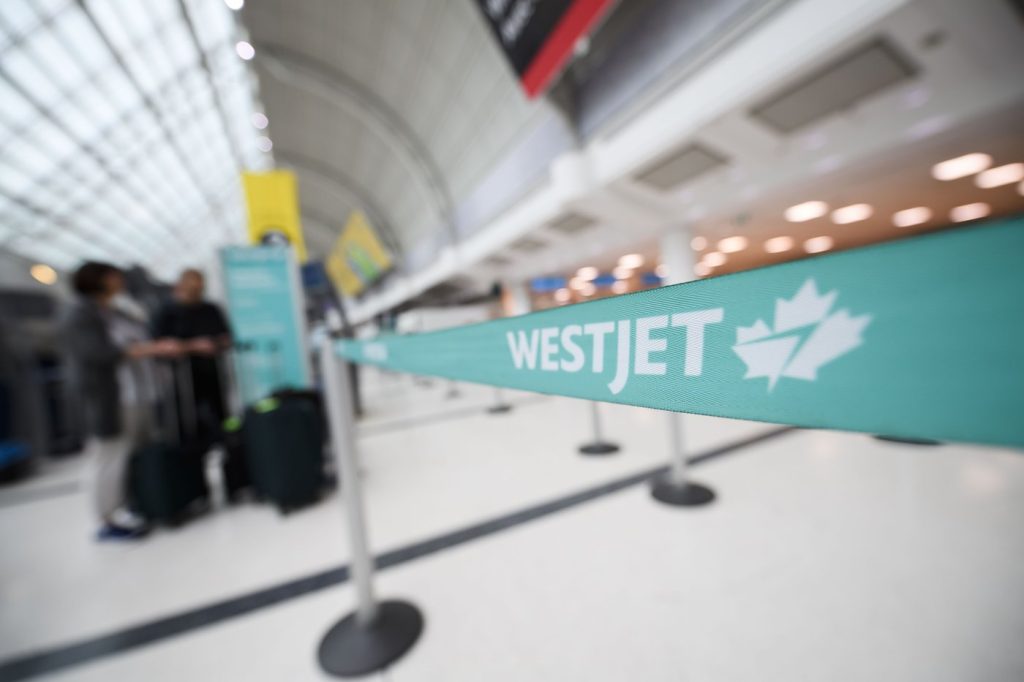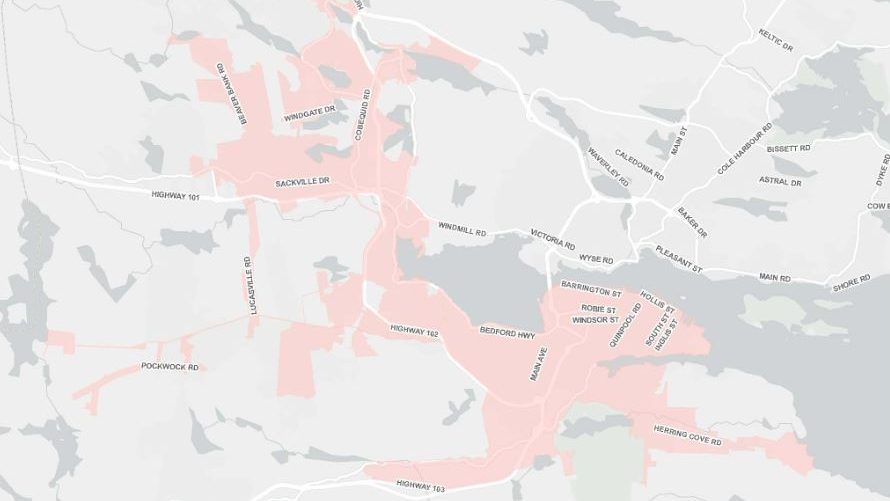WestJet gears up for summer growth, banks on domestic travel amid weak loonie

Posted Jan 21, 2025 02:03:56 PM.
Last Updated Jan 21, 2025 05:31:22 PM.
MONTREAL — Even as rival airlines limit their expansion plans, WestJet has begun to gear up for a major growth spurt this year, with a focus on in-country travel brought on by a low loonie and pinched pocketbooks.
Flight volumes from the country’s second-largest airline will increase by 10 per cent this summer compared to last, WestJet says.
Fuelling that uptick are the nine planes previously leased by Lynx Air that WestJet snapped up last year after the discount carrier’s collapse. The Boeing 737 Max 8s will allow WestJet to partly make up for delays on the roughly 60 Boeing jets it was expecting by 2028, but that are held up amid production issues.
WestJet plans to launch 11 new routes across its network beginning in May, on top of increased volumes on current routes.
The bulk of the expansion will go toward shoring up existing service to cities in Canada, from Victoria to Montreal. The Calgary-based company will also return to Sudbury, Ont., and Sydney, N.S., after pulling out in 2018 and 2023, respectively, to dig into its home territory out west.
South of the border, WestJet is gambling on new three routes between Alberta and each of Alaska, North Carolina and Utah — Salt Lake City is a key hub for partner Delta Air Lines.
The scale of WestJet’s push to fill more airspace stands in contrast to competitors.
Air Canada, Porter Airlines and Air Transat are poised to boost year-over-year flight volumes between one and five per cent this summer, while Flair Airlines will scale down slightly, according to data from aviation analytics firm Cirium.
The move also comes after three airlines were scrubbed from Canadian skies since October 2023: Lynx, Canada Jetlines and Swoop, a WestJet subsidiary that folded into its owner’s mainline service. WestJet plans to integrate Sunwing Airlines into its fleet by late April after acquiring the leisure carrier in 2023.
WestJet’s bulked-up presence signals that competition between it and Air Canada is “stepping up” again, said Savanthi Syth, an analyst with Raymond James. The long-time competitors saw their rivalry cool during the pandemic, as one refocused on its home turf out west while the other doubled down on its hubs in the east. But they will increasingly battle for customers on domestic and Pacific routes, she said.
“They’re trying to reinforce their position within the Canadian marketplace by using their capacity to address competitive pressures from Air Canada in particular, but also what they’re seeing from Flair,” said Duncan Dee, former chief operating officer at Air Canada.
WestJet’s domestic turn may also stem from a sagging Canadian dollar and customers’ renewed price sensitivity around leisure travel after a sharp rise in the cost of living over the past few years.
“Canadians are staying home more — versus heading elsewhere — likely as a result of the weak Canadian dollar. So that’s a very calculated move on their part,” Dee said.
“Pocketbook pressures are going to significantly impact demand into the summer peak.”
This report by The Canadian Press was first published Jan. 21, 2025.
Companies in this story: (TSX:AC, TSX:TRZ)
Christopher Reynolds, The Canadian Press








